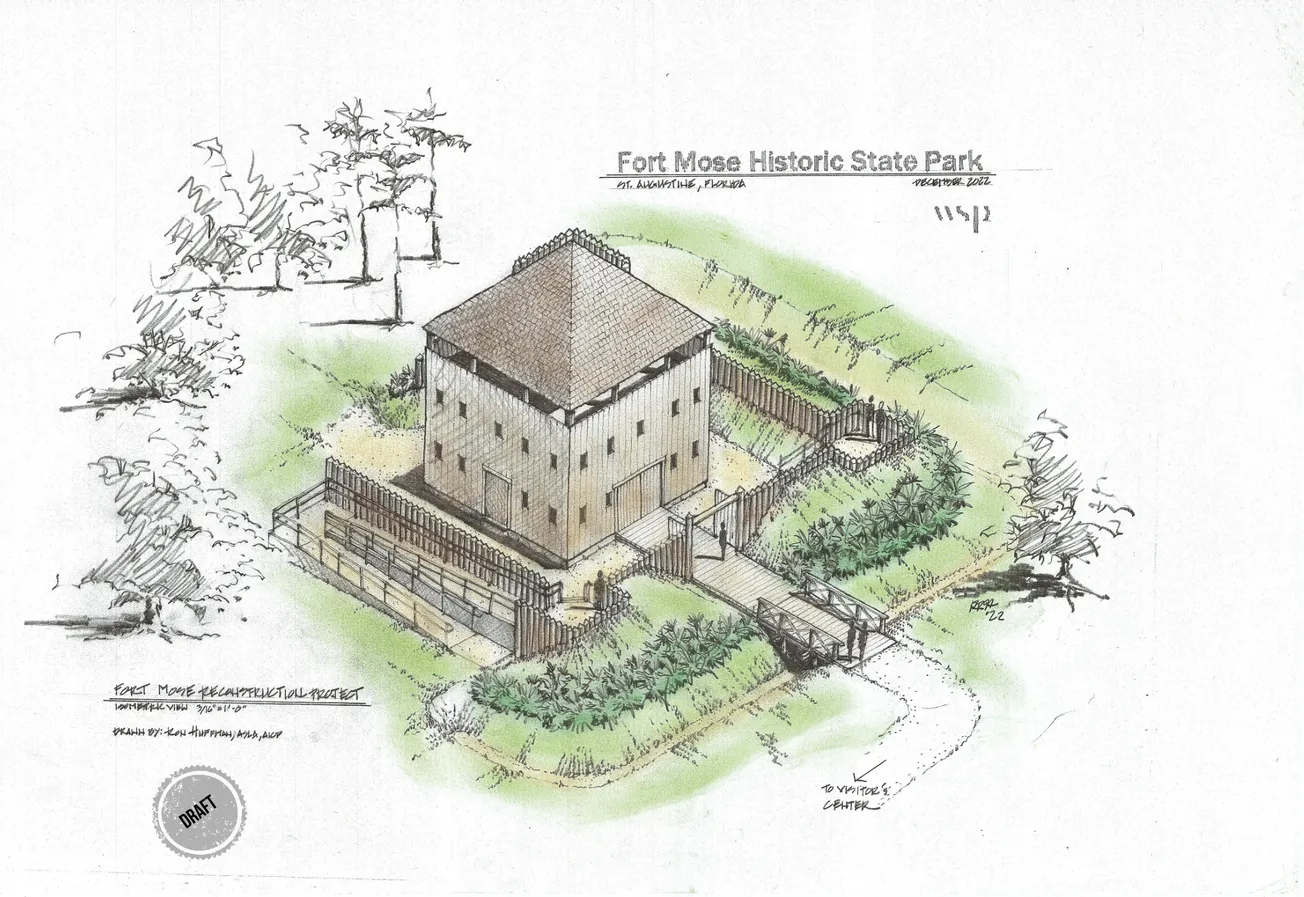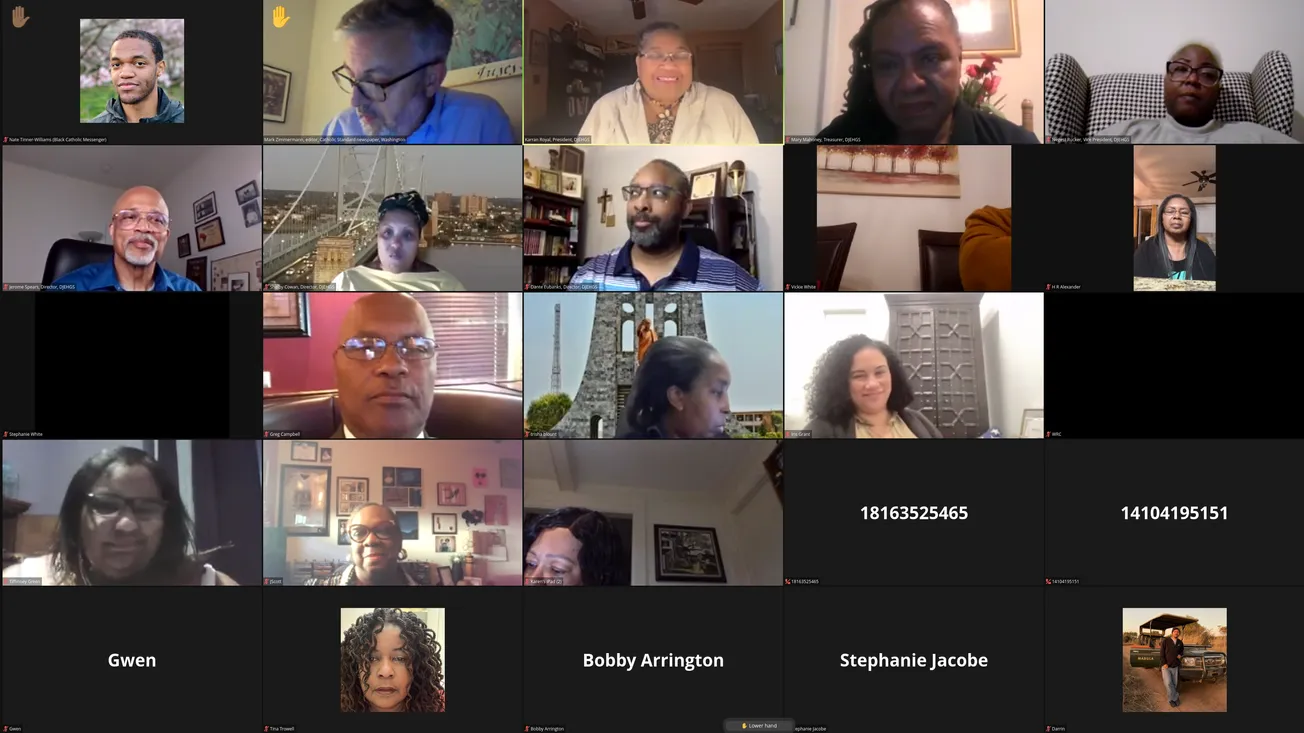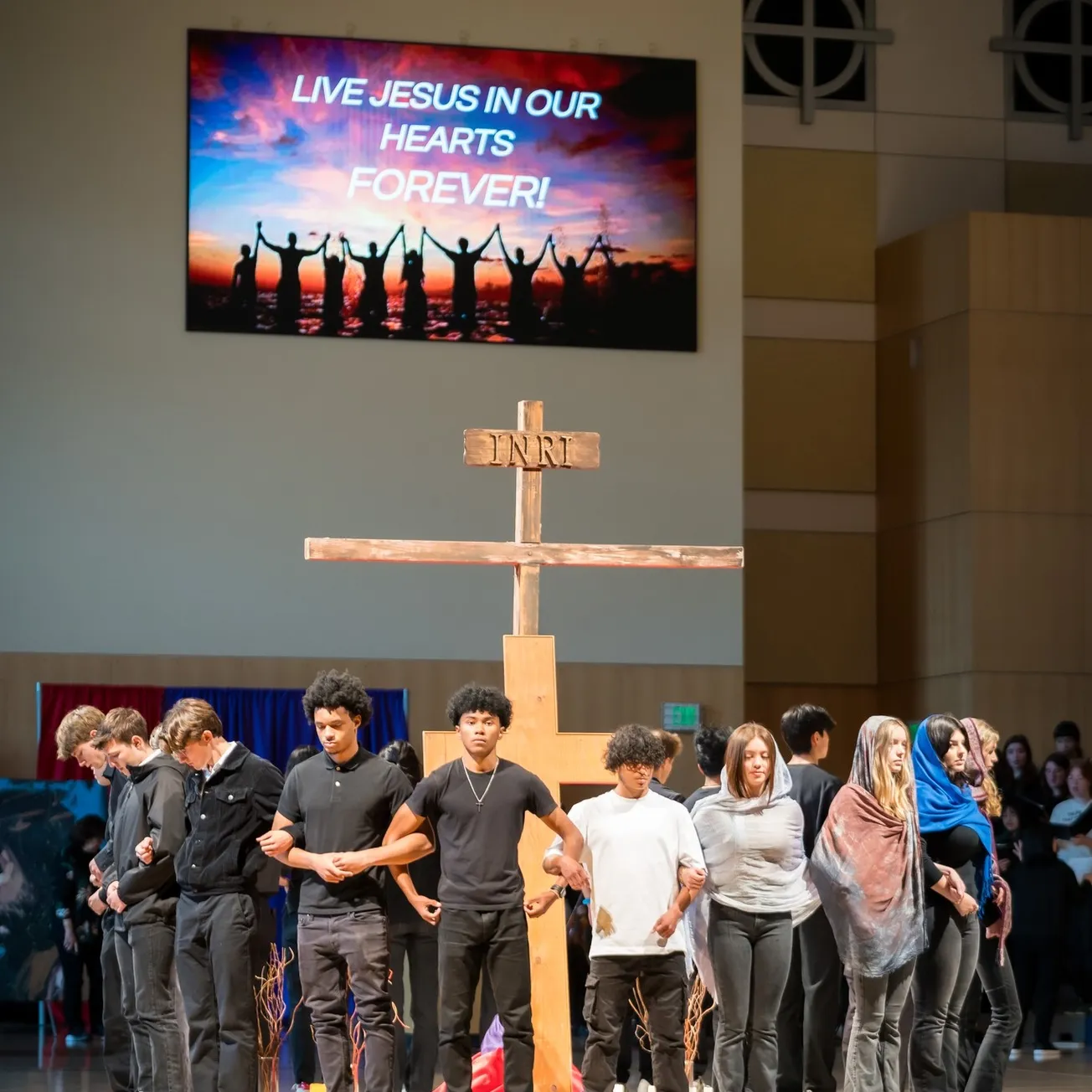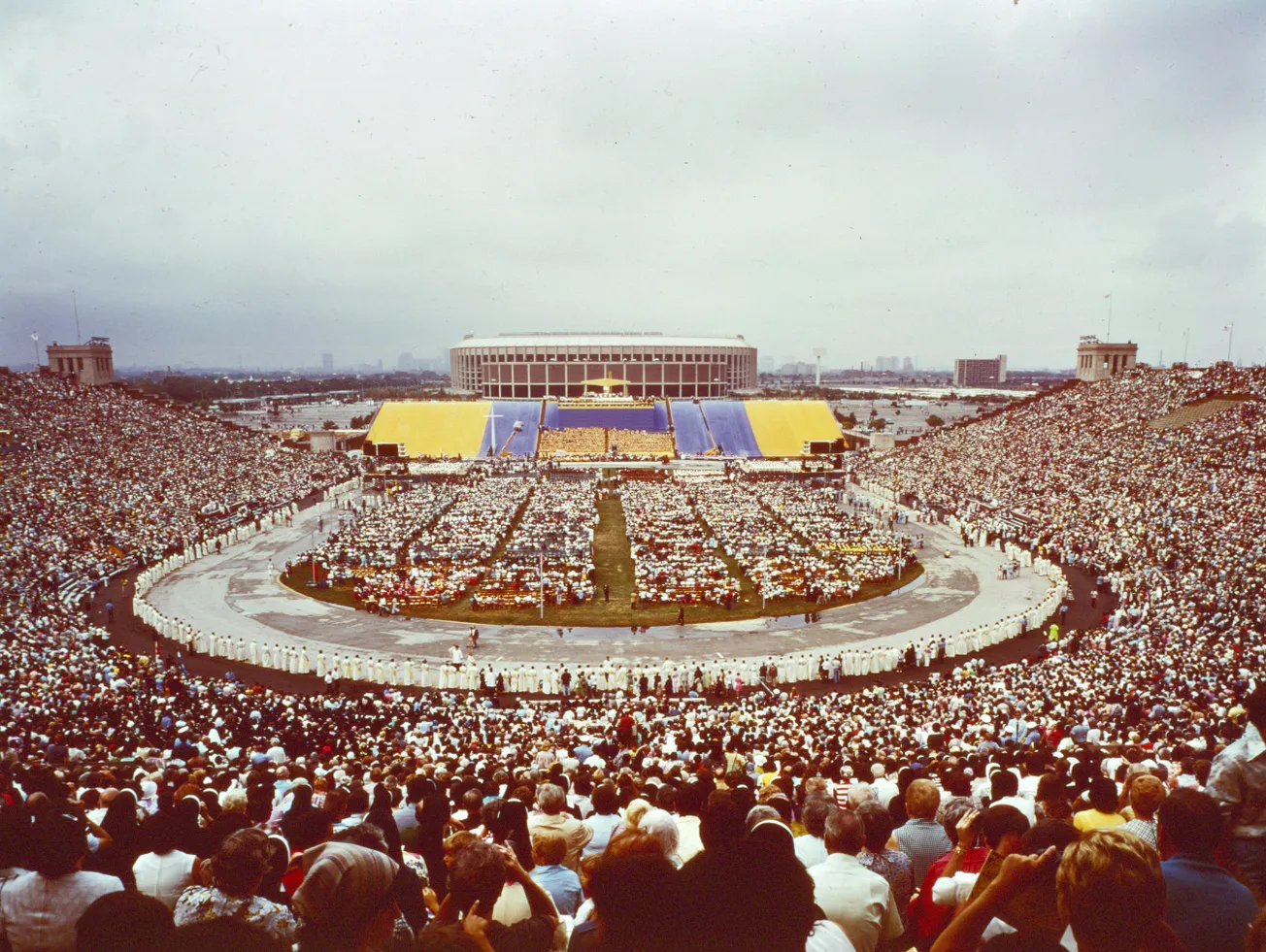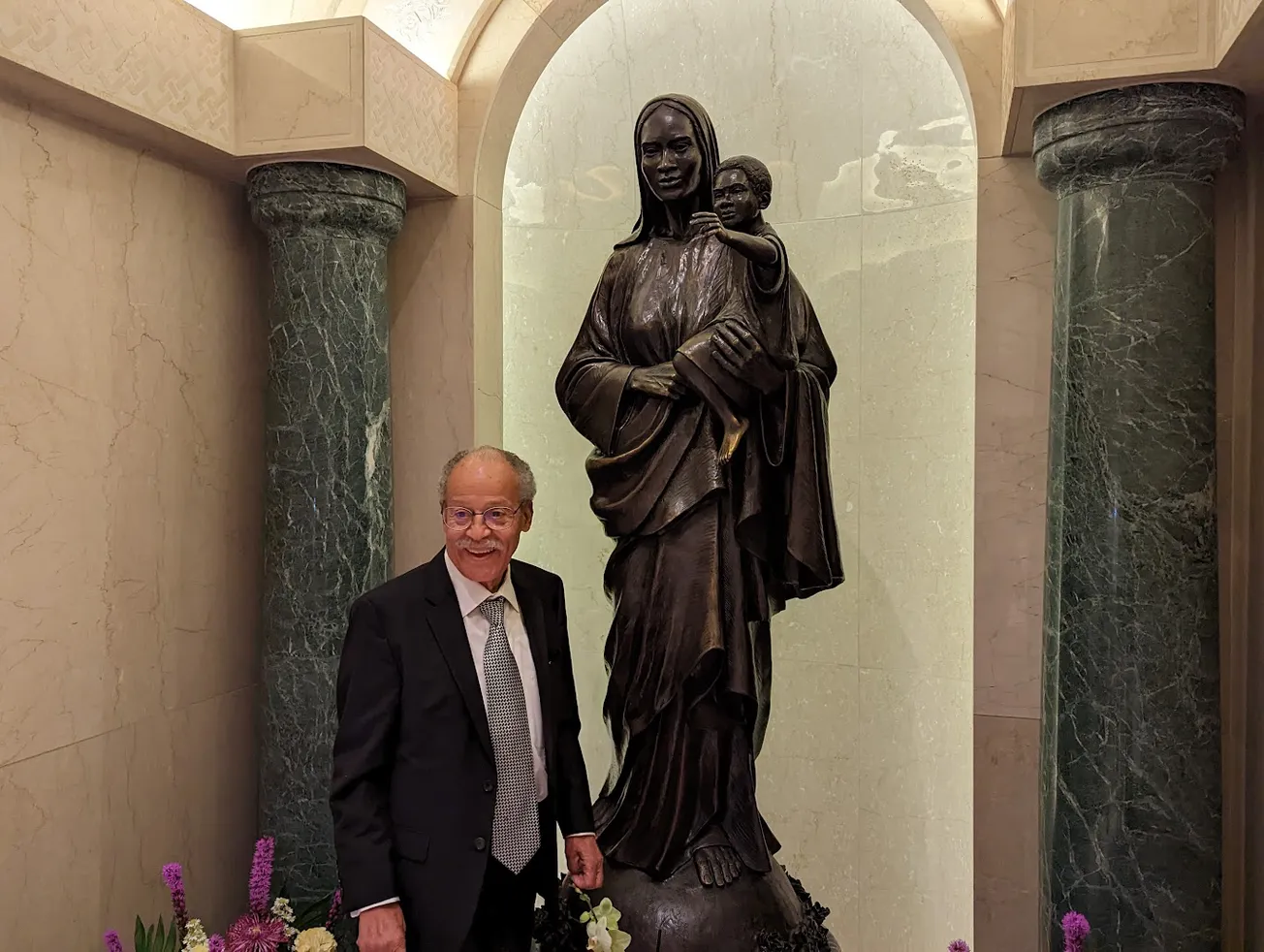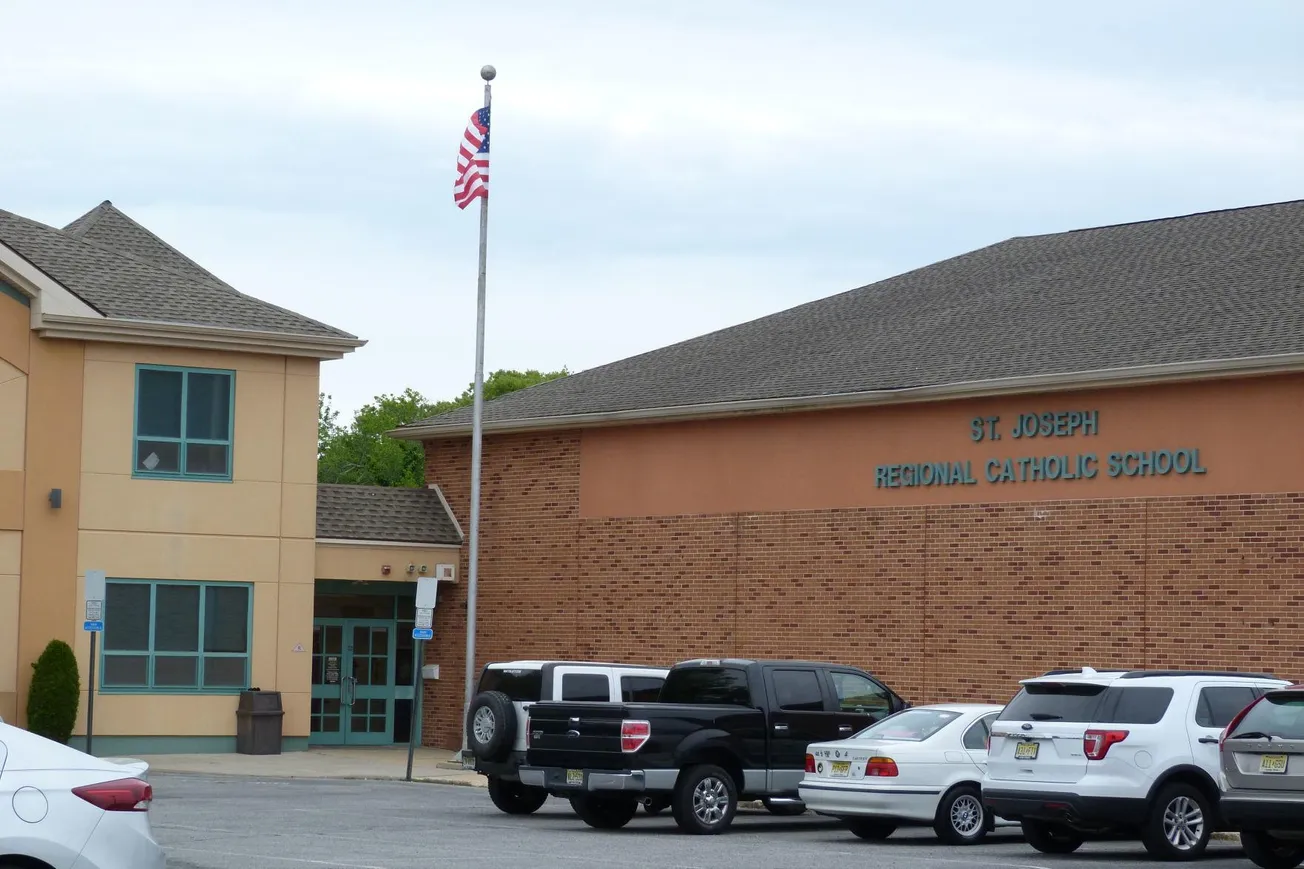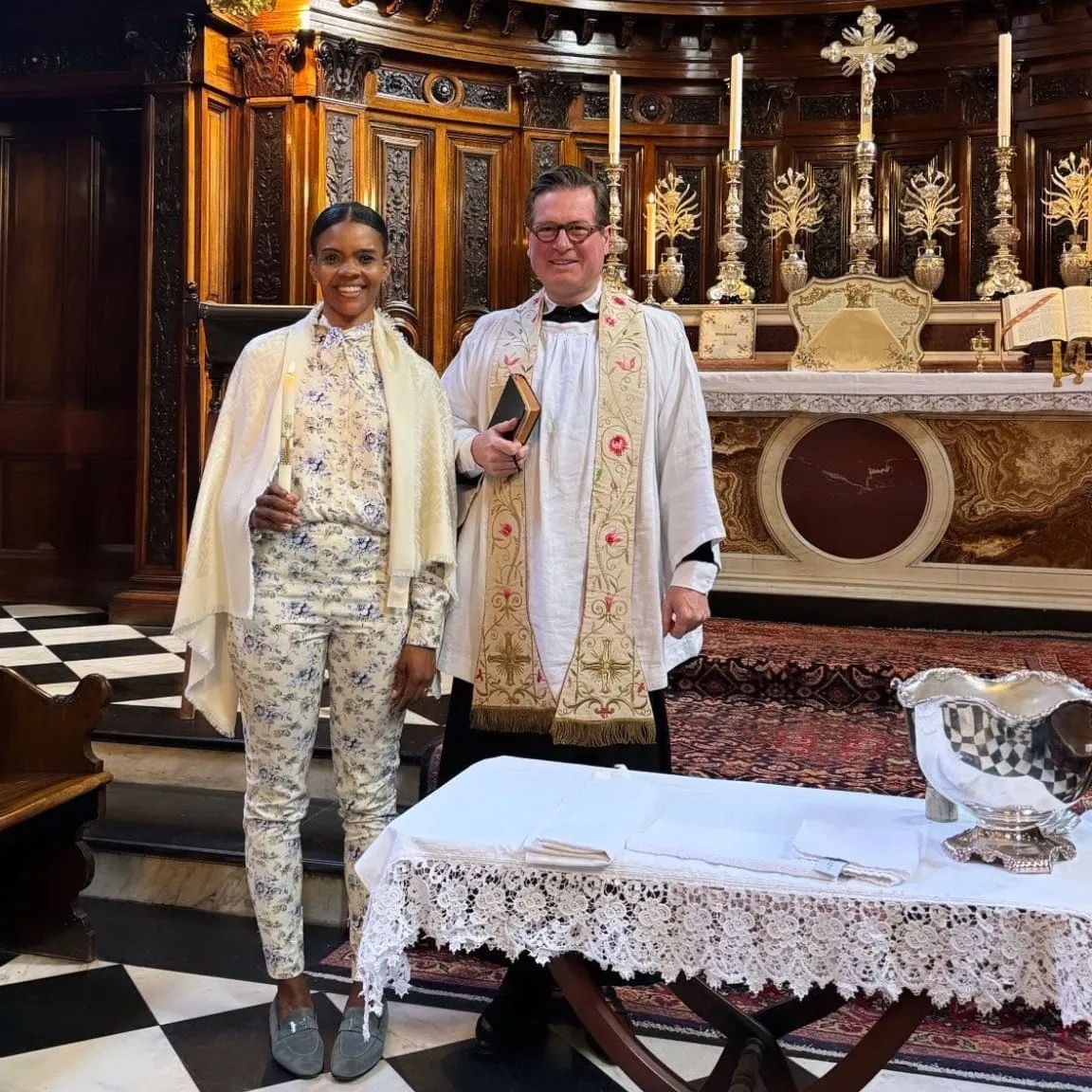As Black history comes under assault in the state of Florida, some are pushing forward with plans to preserve not only the memory, but also the physical representation of the unique Black legacy of its most historic city, St. Augustine.
Renders for the planned reconstruction of Fort Mose, the first free Black settlement in what would become the mainland United States, were released on February 8 by a coalition of stakeholders, including the Florida State Parks Foundation and the Fort Mose Historical Society.
They are joined by Drs. Kathleen Deagan and Jane Landers, both professors who have helped popularize the history of Florida dating back to Spanish rule, which predates the United States by hundreds of years. Spanish explorers, Franciscan missionaries, and a group of free and enslaved Black Catholics constituted the first permanent European settlement in what would become the contiguous United States when they landed at St. Augustine in 1565.
Part of Deagan and Landers' work has involved uncovering the history of Fort Mose, originally built in 1738 as a Catholic settlement for free Afro-Spaniards and escaped slaves just north of St. Augustine—the oldest city in the contiguous US and now the jurisdiction of the largely vacant Fort Mose Historic State Park.
(At present, the park consists of a small museum dedicated to the fort’s history and a large mass of swamps and greenery featuring replicas of historical items and flora.)
Deagan and Landers helped rediscover and excavate the ruins of the fort in the late 1980s, roughly two hundred years after it was last inhabited. The land became a state park in 1994 and the plan to build a replica of the fort was announced by the Fort Mose Historical Society in 2021.
BIG news📣: Fort Mose Historic State Park has taken a major step toward realizing the dream of reconstructing the 1738 Fort Mose on park property. @FLStateParks @FortMose #FloridaStateParks #FLStateParks #LoveFL https://t.co/adl0nWuMbL
— FL State Parks Foundation (@FLStateParksFdn) February 8, 2023
“Seeing this draft rendering for the first time takes your breath away,” said Julia Gill Woodward, CEO of the Florida State Parks Foundation, which announced more than $1M in funds received last year to assist with the reconstruction.
“This project has been a dream for many years, and it’s incredibly exciting to get the first glimpse of what it will look like when completed.”
The draft renderings come at an auspicious time for the park, which receives an uptick in visitors each year during Black History Month for the “Flight to Freedom”—a weekend-long festival retelling the harrowing journey of enslaved persons escaping the British colonies to Spanish Florida, and specifically Fort Mose, where they were offered refuge. This year’s event was held from February 2-4.
Last year, the park also began hosting the Fort Mose Jazz and Blues Series, also in February, which features Black artists and raises funds for the fort replica. The series began this year on February 10, with three more performances scheduled for this weekend. Last year, the series reportedly raised more than $51,000.
A number of local businesses have also assisted with promotion, including Intuition Ale Works, which created a “Freedom Seeker” specialty beer to promote this year’s concerts. Through July 2023, Black-owned Florida distiller Victor G. Harvey is also donating parts of the proceeds from his “Fort Mose 1738” bourbon to its namesake.
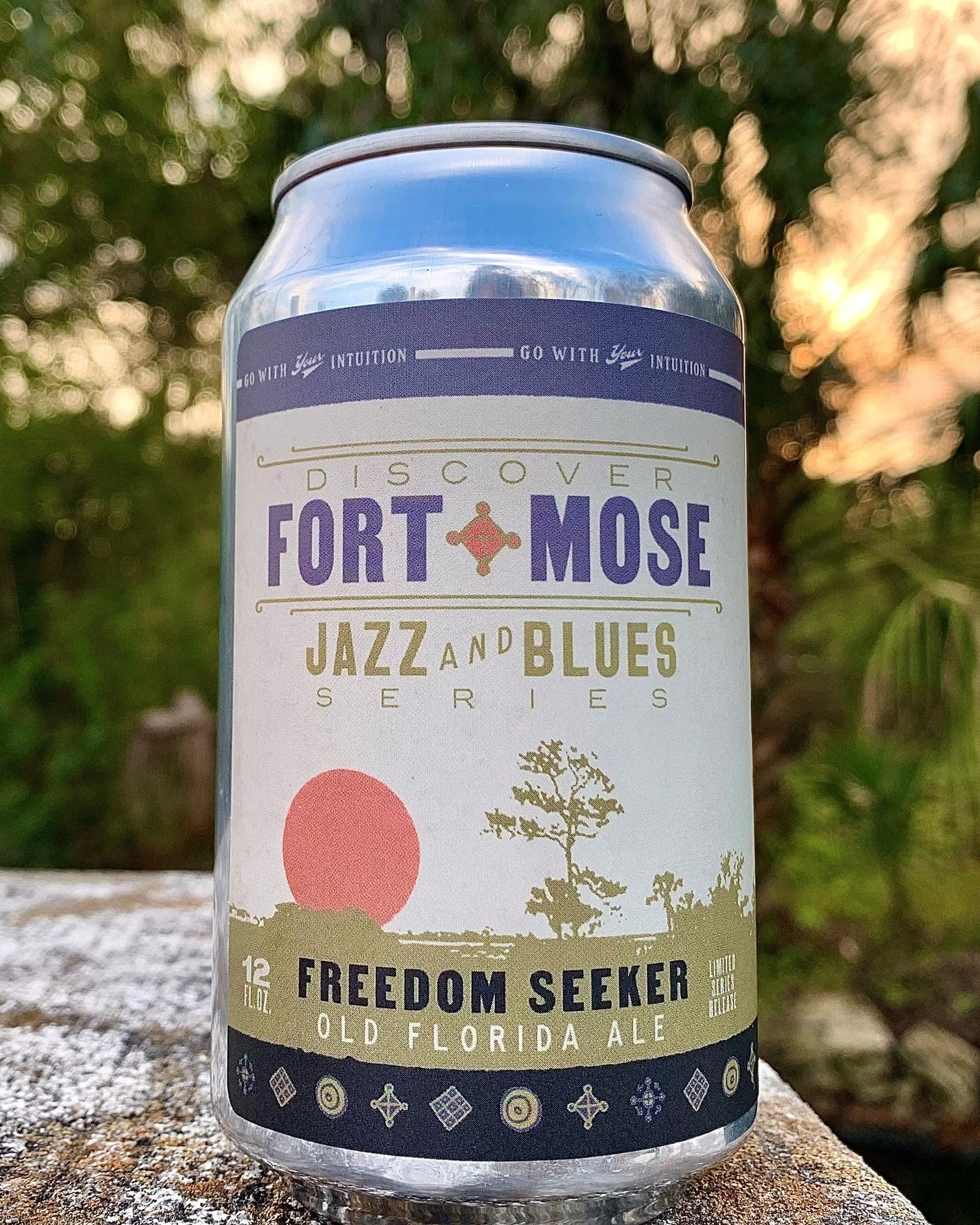
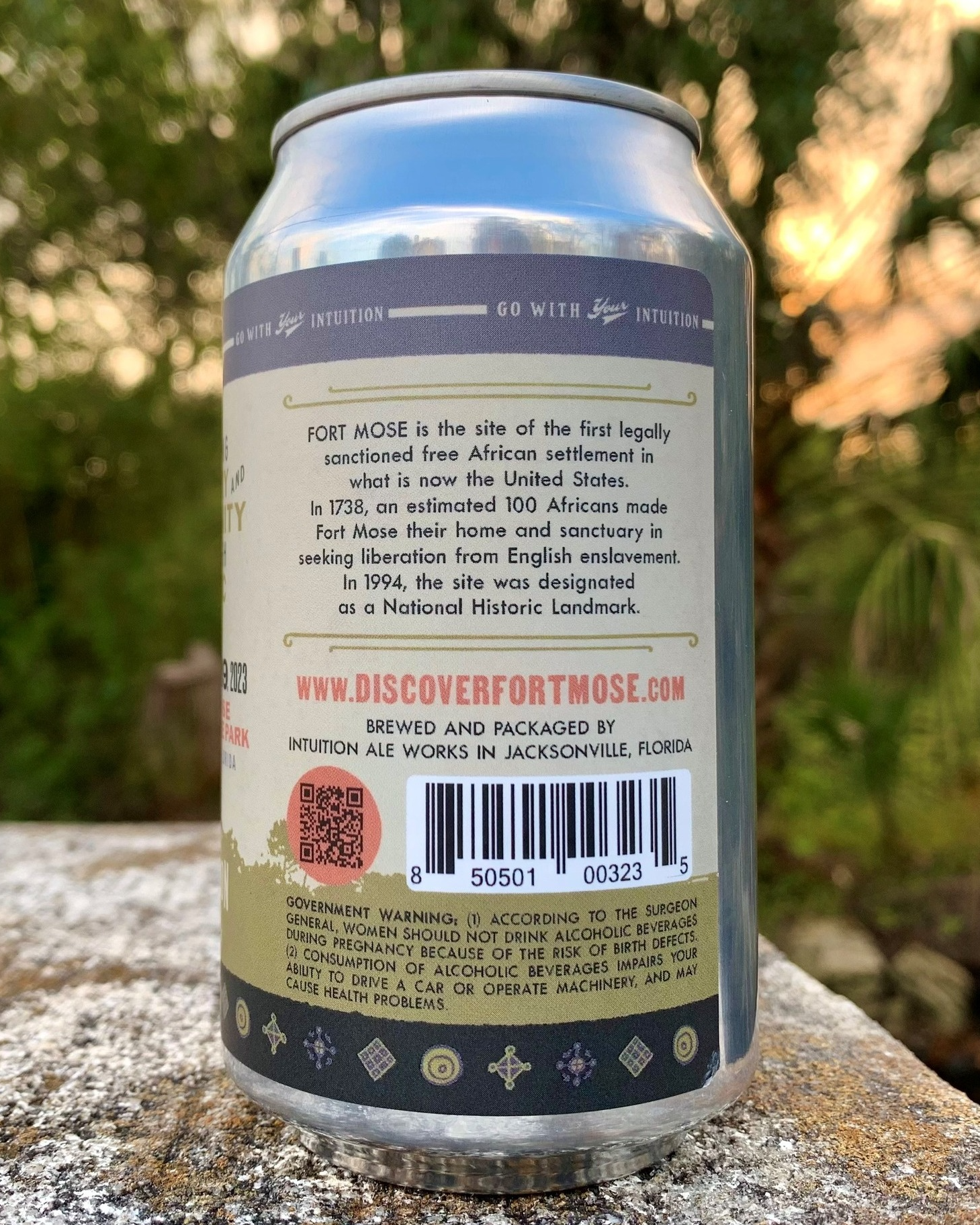
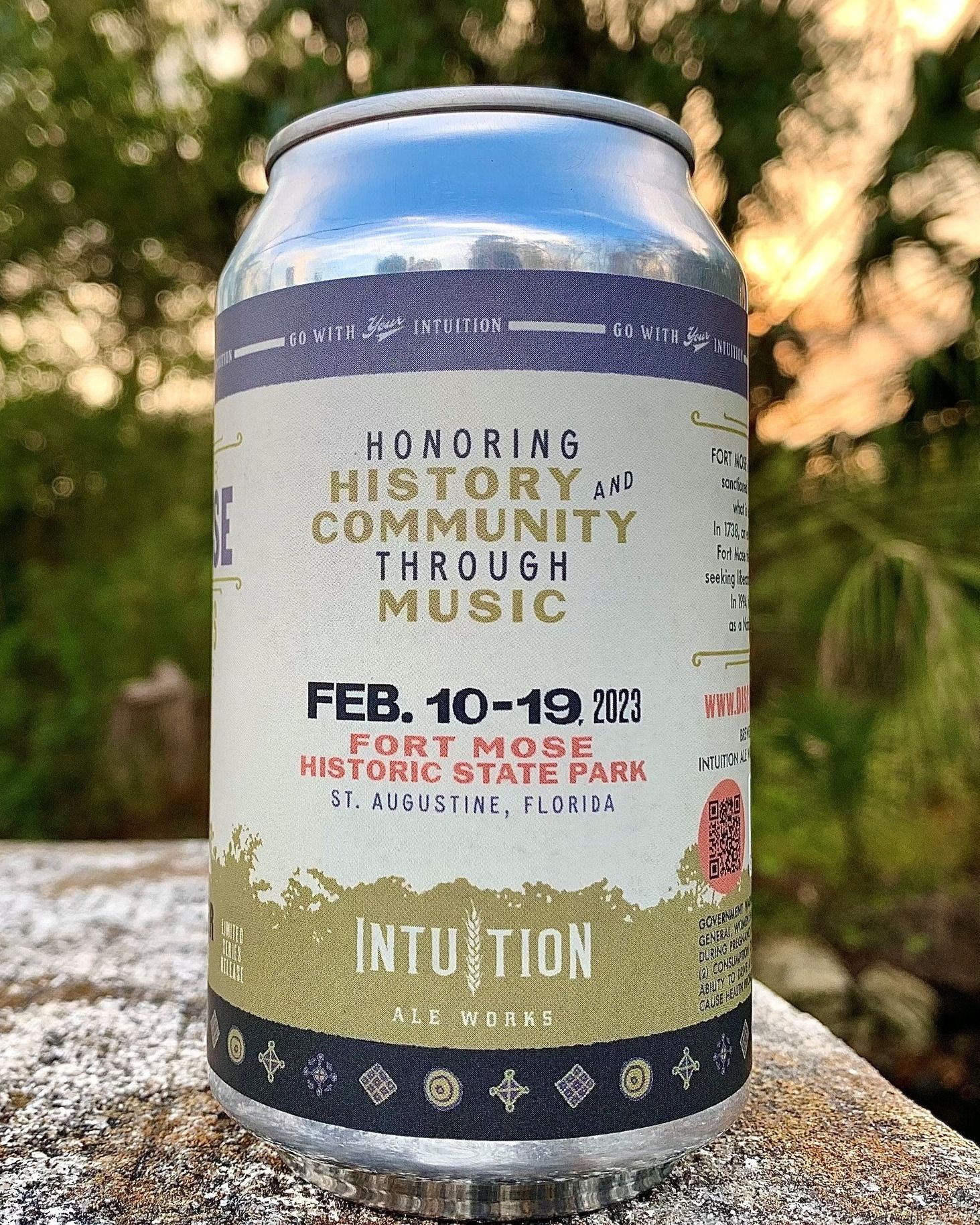
(Fort Mose Historical Society/Facebook)
In addition, the park invites visitors to a number of other reenactment events throughout the year, including a monthly “Milita Muster” recreating the Black Catholic militia which once defended the grounds, Founders’ Day in March, and an annual golf tournament in late spring. The historic 1740 Siege of Fort Mose (also known as “Bloody Mose”), is reenacted every June.
Organizers say these and other events celebrating the land’s legacy have long portended a larger effort to recreate the settlement edifice itself.
“We love hosting visitors at Fort Mose Historic State Park, but people are always asking, ‘So, where is the fort?’” said Charles Ellis, president of the Fort Mose Historical Society.
“Fort Mose has one of the most inspiring and fascinating stories in our nation’s history, and having this reconstruction on site will help us to share it in a fresh, comprehensive way. We can’t wait to see it finished.”
Groundbreaking for the fort reconstruction is scheduled for later this year, with an expected completion date in early 2024. Interested parties can support the efforts with a donation on the Fort Mose Historical Society website. The society also accepts new members year-round.
Nate Tinner-Williams is co-founder and editor of Black Catholic Messenger and a seminarian with the Josephites.



